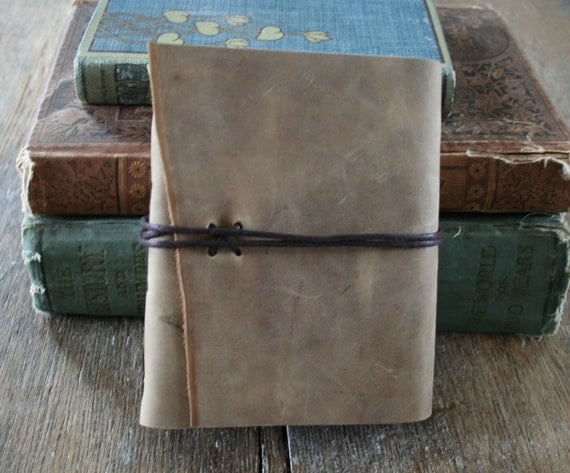

Keturah also makes a new feather tick bed for the journey. And she will make sacks to hold flour, sugar, and other food items. She will sew the wagon covers, too – an inner cover of muslin and an outer cover of linen. She hopes little Jessie will live long enough to wear them in Oregon. Keturah will then cut and sew the cloth into clothing - shirts and jeans for her husband and son, dresses for herself.

“Now,” she says, “I will spend what little strength I have left getting ready to cross the Rockies.” (213)ĭuring the next few winter months, she will spin linen and muslin, which her mother-in-law will weave into cloth. Ketuurah had also been sick and her illness, plus the death of her child weakened her. In October 1847, shortly after the decision to move, the Belknaps lost a second daughter, thirteen month old Martha to a childhood disease. Keturah kept a very detailed diary of the family's preparations. The spent six months preparing for the planned April 1848 journey. In 1847, the family decided to head West once again, this time for Oregon. They found it in Iowa and set up homesteading there. Two weeks later, she traveled with her new husband and his family to find prairie land in the West. I've decided to continue Keturah's story here on The Friday Record.įirst, a little background: Keturah married George Belknap in Ohio in October 1839. Her diary is reprinted in COVERED WAGON WOMEN by Kenneth L. At History Undressed, I talk about Keturah Belknap, a frontier woman in the 1840's Iowa. Please stop by Eliza Knight's blogspot and say hi. 121-126.Today I'm a guest on History Undressed. Zhukovskii, who was himself briefly to edit the journalĬahiers du Monde russe et soviétique, XXVIII (2), avr.-juin 1987, pp. Its impact on the contemporary public was immediate and the print run was increased from 600 to 1,200 copies from the second number. Testimony to "the beautiful beginning of Alexander's days," Karamzin's Vestnik was called the "patriarkh russkikh zhurnalov" by Bestuzhev-Marlinskii 2 and it may be seen as the first of the great tolstye zhurnaly of the nineteenth century. The journal to which Kiukhel'beker gave his accolade was the Vestnik Evropy, founded by Karamzin in 1802 and edited by him for just two years until his appointment as Imperial historiographer but continuing until 1830 under various other editors. Finally, journalism seemed to be the best, if still a most precarious, means of providing some financial support for a writer who had inadequate private income but who wished to be independent and not to accept a post in government service, civil or military.

At the same time Karamzin realized that a journal could be the most effective way of reaching a wide audience and moulding public opinion. Journalism offered him an ideal arena in which to sustain simultaneously his manifold interests and to a marked degree it influenced the very literary forms he was to employ. Yet it was almost totally within the context of journalism that Karamzin' s rich talent was nurtured, developed and reached maturity. His activity as a journalist rarely receives the recognition and emphasis that it deserves. In July 1832 the exiled Decembrist Vil'geFm Kiukhel'beker, who was in so many respects opposed to Karamzin and his legacy, noted in his diary : "Přinesli mne dva torna Karamzinskogo Vestnika i dva - ego preemnikov, kakaia raznitsa ! Dolzhno otdať spravedlivost' Karamzinu, chto on, как zhurna- list, byl master svoego děla." l It is as the author of sentimental short stories and of the Pis' ma russkogo puteshestvennika, as the creator of the novyi slog, as historian, and perhaps to a lesser extent, as poet, translator and essayist that Karamzin is most readily remembered. KARAMZIN'S MOSKOVSKII ZHURNAL : VOICE OF A WRITER, BROADSHEET OF A MOVEMENT


 0 kommentar(er)
0 kommentar(er)
